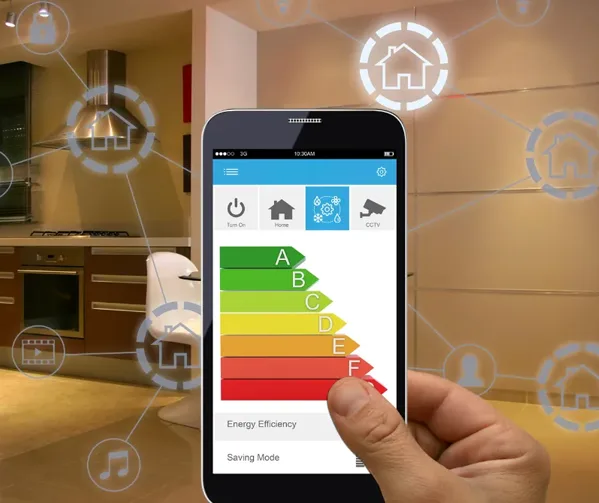SEER ratings inform consumers about energy efficiency, a pivotal factor in selecting an air conditioning system for a home or workspace. Efficient systems are the best way to lower your energy bill, and with an escalating emphasis on sustainable and ecologically friendly solutions, an understanding of SEER ratings is imperative. This blog aims to delve into the intricacies of SEER ratings, clarifying their significance and unveiling how they can facilitate informed decisions when choosing an air conditioning system.
Defining SEER Ratings
SEER, an acronym for Seasonal Energy Efficiency Ratio, represents a quantifiable measurement of the cooling efficiency of an air conditioning unit. This rating serves as an indicator of the system’s efficacy in converting electrical energy into cooling output. SEER ratings are derived by computing the ratio of cooling output, expressed in British Thermal Units (BTUs), to electrical energy input, denoted in watt-hours. The higher the SEER rating, the more efficient the air conditioning system is and the lower its energy consumption.
While SEER ratings represent seasonal efficiency, EER ratings show the efficacy of an air conditioning system under specific temperature parameters. Considering both SEER and EER ratings can empower you to make an informed decision, particularly if you reside in a region with high summer temperatures.

The Significance of SEER Ratings
Regulatory Compliance: Numerous regions have stipulated minimum SEER requirements for new installations or replacements to foster energy conservation. By understanding SEER ratings, you can ensure that your air conditioning system complies with local regulations.
Efficiency and Cost Savings: Opting for an air conditioner with a higher SEER rating can yield substantial reductions in energy consumption and utility expenses. Over time, the total energy savings outweigh the initial investment.
Environmental Impact: Air conditioning systems are the principal contributors to energy consumption and greenhouse gas emissions. A high SEER rating and diminished energy consumption translate into reduced reliance on fossil fuels, fostering a more sustainable future.

Interpreting SEER Ratings
SEER ratings typically span a spectrum ranging from 14 to 26, with higher ratings signifying superior efficiency. The highest SEER rating results in higher savings; however, the highest SEER rating isn’t appropriate for every home or business. A certified HVAC technician can help you identify the proper SEER rating for your cooling needs and financial considerations.
Climatic conditions, for example, play a role in assessing the best SEER rating for your space. If you reside in a region characterized by lengthy, scorching summers, investing in a unit boasting a higher SEER rating may prove prudent. Conversely, a lower SEER rating may suffice in areas with a milder climate, and the need for air conditioning is inconsistent.
Additionally, air conditioning systems with high SEER ratings may initially entail higher costs. They often provide long-term savings through lower energy use but not everyone has the ability to make such a significant investment. Conduct a thorough assessment of your financials, energy prices, and the projected lifespan of the system to determine the best choice for you. Seek the help of HVAC professionals who possess the expertise and the ability to guide you in choosing the air conditioning system most suited to your space and preferences.
If your question wasn’t answered here, contact the Pierce Refrigeration team, and one of our experts will guide you in finding your solution.
Need 24-7 emergency service? Contact the friendly staff at Pierce Refrigeration at 800-696-1088.

